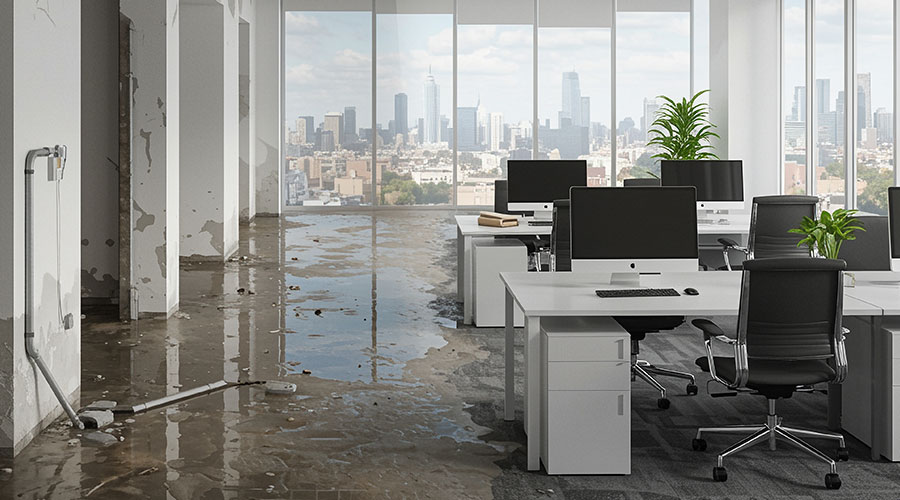An Infrared Look into the Future of Maintenance
By Now, most maintenance and engineering managers are well aware of the benefits of infrared technology, which has grown into a beneficial diagnostic tool. Infrared devices can help detect leaks in roofing systems, insulation problems in building envelopes, and hot spots in electrical systems.
Researchers also are using infrared imaging to evaluate the performance of various building systems, including roofing materials and lighting systems. By identifying flaws in the design of these systems, they hope to develop products that will help organizations decrease their energy consumption.
The Lawrence Berkeley National Laboratory’s Infrared Thermography Laboratory specializes in experiments using quantitative infrared thermography and measurement techniques. The lab includes a high-resolution, infrared imaging camera; a computer processor; and environmental chambers to hold samples for testing.
The portable camera system can detect surface temperature differences of less than 0.1 degrees Celsius. These temperature variations create thermal images called thermograms that reveal cracks, delaminations, voids, and changes in material properties.
Lab researchers conduct experiments on the thermal performance of flat surfaces, such as windows and door panels, using an infrared scanner. Infrared thermography’s measurement indicates how well a test sample insulates.
One of the goals of the researchers has been improving the energy efficiency of buildings by aiding in the development of high-efficiency windows. According the lab’s research, the edge areas of today’s high-performance windows need improvement because edge heat losses can reduce overall performance by up to a factor of two. These edge areas also might have problems with water condensing on the indoor surface.
uring a typical experiment, a specimen is placed between two environmental chambers that simulate a long, cold night. Thermograms provide a visual interpretation of how heat flows through the specimen.
Researchers collect additional data to understanding subtle details in the thermal performance and for validating computer simulations of heat and fluid flows. They produce a database of the distribution of surface temperatures on the warm side of the specimen and measure the distribution of air temperatures and velocities near the specimen.
Researchers also use infrared technology to study the thermal characteristics and performance of roofing materials, as well photovoltaic tiles that are designed for installation on roofs. The thermograms help identify roofing materials that reflect heat well and help reduce the need for air conditioning inside buildings.
Thermograms of photovoltaic roof tiles help determine the effect of tile design on solar-cell operating temperatures. Cooler photovoltaics are more efficient.
Besides aiding in the development of technologies, research incorporating infrared images can help managers in institutional and commercial facilities compare the performance of products from different manufacturers.
For more information on projects at the Infrared Thermogra-phy Laboratory, visit http://windows.lbl.gov/facilities/irlab/
Related Topics:











